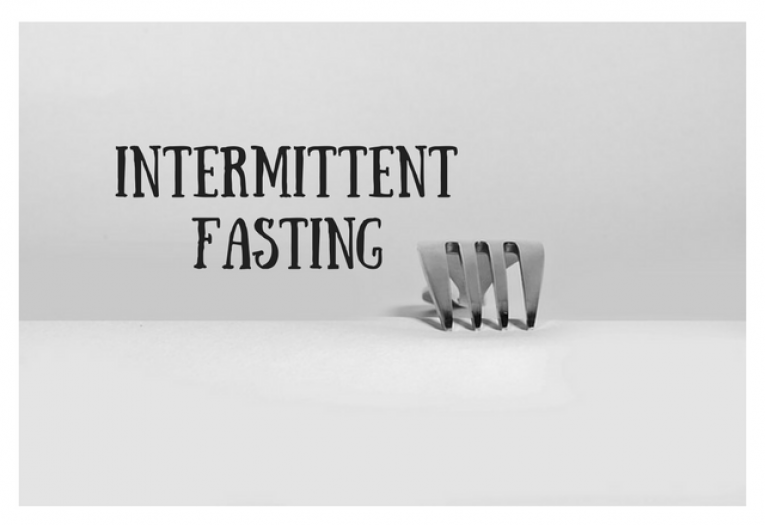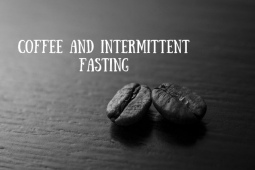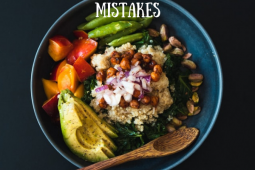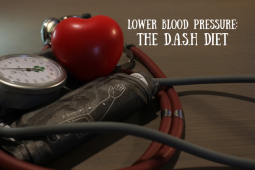Introduction to Intermittent Fasting

Are Intermittent Fasting Diets a Fad or the Real Deal?
Intermittent fasting (IF) is one of the most popular trends in health and fitness today. Proponents claim that skipping meals (and entire days) can help you lose weight, improve your overall health as well as simplifying your lifestyle.
With so many diets becoming the ‘must follows’, this page looks in more depth at intermittent fasting. Is this the real route to healthy weight loss? Or is it just another fad that will fade away, to be replaced with the next big thing?
Below you will find an introduction to Intermittent Fasting diets – followed by some more detail on the ‘how’ of the health benefits.
What is Intermittent Fasting?
At a basic level Intermittent Fasting involves skipping certain meals. You are splitting your time between fasting and feasting.
Once you get into the details, there are schedules involved. Some involve calorie restriction for 2 days, followed by ‘normal’ eating for 3. Others involve longer and stricter fasts, and then zero restrictions on those days you are not fasting.
Here are some of the most popular schedules:
- 5/2 Schedule: This is the single most popular format. It involves eating normally for 5 days per week and then sticking to 600 calories for the remaining 2 days.
- 16/8 Schedule: This breaks down a single day. No eating at all for 16 hours, with all foods consumed during the remaining 8.
- Alternate Days: Fasting (restricted calories or complete) every 2nd This is usually only used for a short time.
- 1 or 2 x 24 Hour Fasts: Complete fasts 1 or 2 days a week.
You will also find longer time-schedules on a monthly or quarterly basis. Here you add in several days of fasting. This is often used in conjunction with your main schedules.

How Does Intermittent Fasting Work?
Due to the fact you are fasting for long periods of time you will be skipping entire meals, so even if you ‘pig out’ on your other meals you will still be consuming less calories per day than normal and by now we all know lowering your calorie intake will in turn enable you to lose weight.
To go a little bit further, when you eat, your body spends the next few hours processing that food and burning what it can from the food you just ate. This food is readily available because you have just eaten it, so your body will use that rather than the stored energy aka fat in your body.
However when you are in the fasting state, your body has no readily available food to burn as energy. Around 12 hours after you last ate, your body will switch to stored energy for its needs. This is your fat stores. The reason that regular diets miss out on fat burning is that you are still in a post-eating state. If you are active (training on home exercise equipment) during this time, you can start to burn a lot of excess fat.
Get More Out of IF
Once you become accustomed to the fasting and see the initial results you will likely want more. A great way to really ramp up the gains is to work out during your fasted state. This goes against everything you have probably previously done when working out, but if you have stubborn body fat you would like to burn off you should really consider giving it a go.
Normally when working out we are advised to consume a pre and post workout meal, usually at least one will be full of carbs. This is because the food we consume before working out provides us with the energy needed to actually perform the exercises and the food after is to aid recovery.
But, if we decide to work out in a fasted state then that fuel is not available, so once again our body will go in search of energy and yes, you guessed it, it will find this energy in the form of fat stored in your body.
You might be thinking this sounds super simple and wondering why you haven’t been doing it forever, however I will say, working out in a fasted state will take some getting used to. You will struggle to push through a hard workout, be it cardio or lifting when fasting, initially at least, but bear with it, you will be accustomed to it and should see some astonishing results.

Benefits of Intermittent Fasting
Every health book under the sun tells you to eat six + small meals a day and gives you a super complicated list of foods you can and can’t eat. Some diets out there charge you fortunes for the results, so maybe you are asking why IF and not one of those?
Well in my opinion intermittent fasting can work as well as any other lifestyle choice or diet, but it is also one of the simplest.
Weight Loss
The majority of us looking to improve our lifestyles are looking to lose some weight. IF is one of the best ways to do this. We know that not all calories are created equal, but restricting the amount of calories we consume is vital in any weight loss plan.
IF just keeps things really simple, eat what you like, but only in certain hours of the day. This naturally lets you to restrict your calories whilst still enjoying your food and eating what you like – within reason of course.
Super Simple
If you decide to try IF it will simplify your day. You no longer need to prep and pack multiple meals a day. Depending on your eating window you may not need to prep anything throughout the day. Even if you do it will be one meal, that you don’t need to think too much about. Most diets fail because they are too hard to keep up with, take so much time in terms of preparation and can cost a small fortune. IF solves all of this.
First Steps to Giving IF a Try?
A lot of people are seeing the benefits of Intermittent Fasting. Before you jump in I recommend taking time to understand the different food groups. Fats, carbs and proteins all have key roles – and getting the balance right makes a big difference to your results.
Instead of jumping in to the tougher regimens, why not start with a gentle 5:2. You can reduce your calories to 600 for 2 days a week, and see how this affects your body. If you see the benefits, then it is time to explore Intermittent Fasting in more detail.
More Popular Food and Fitness Pages:


